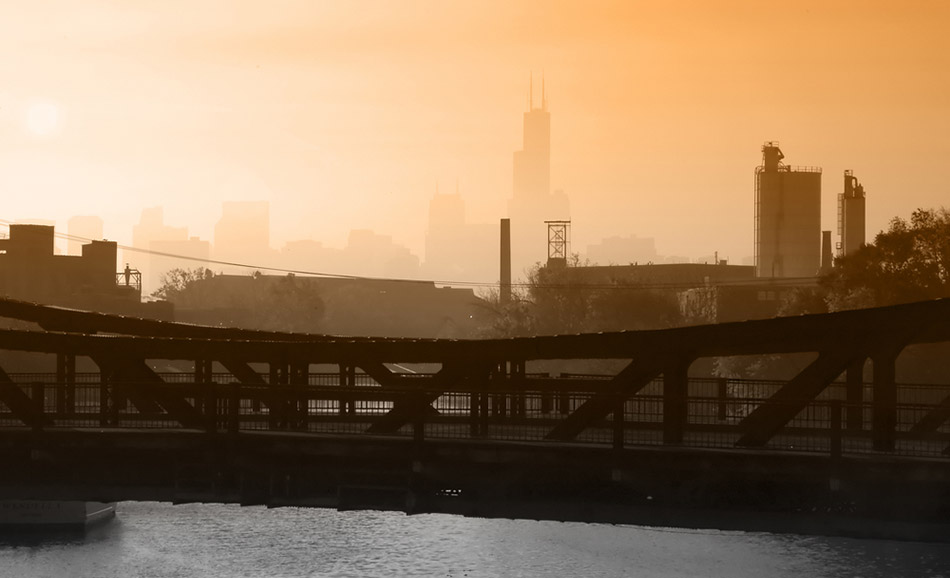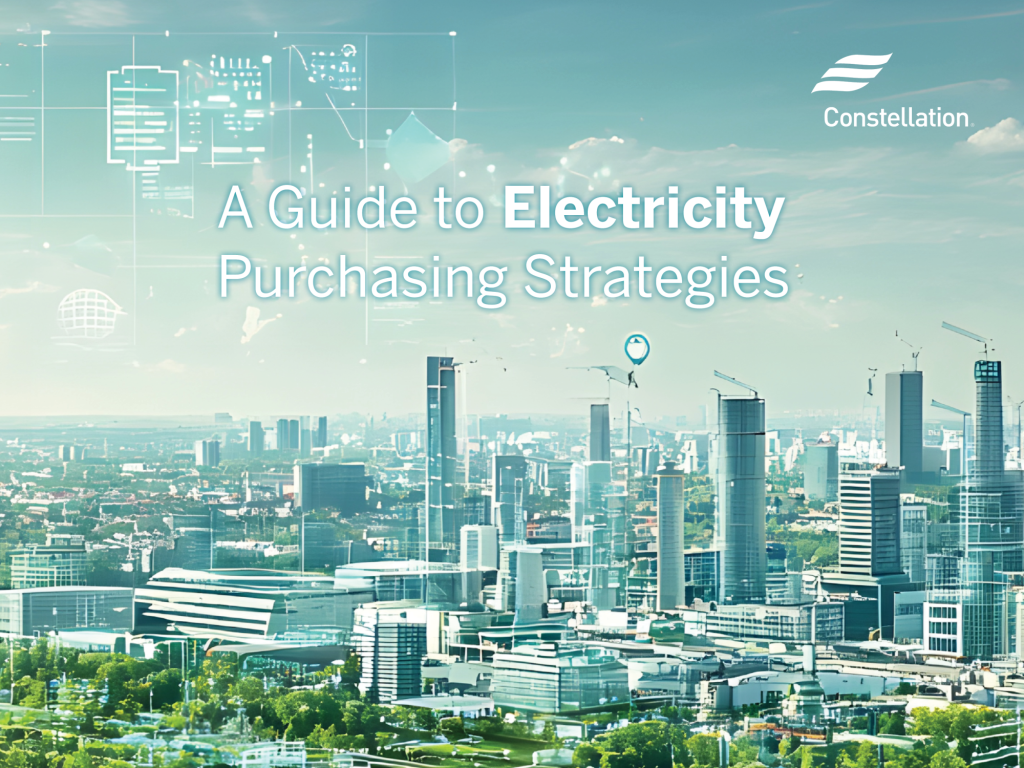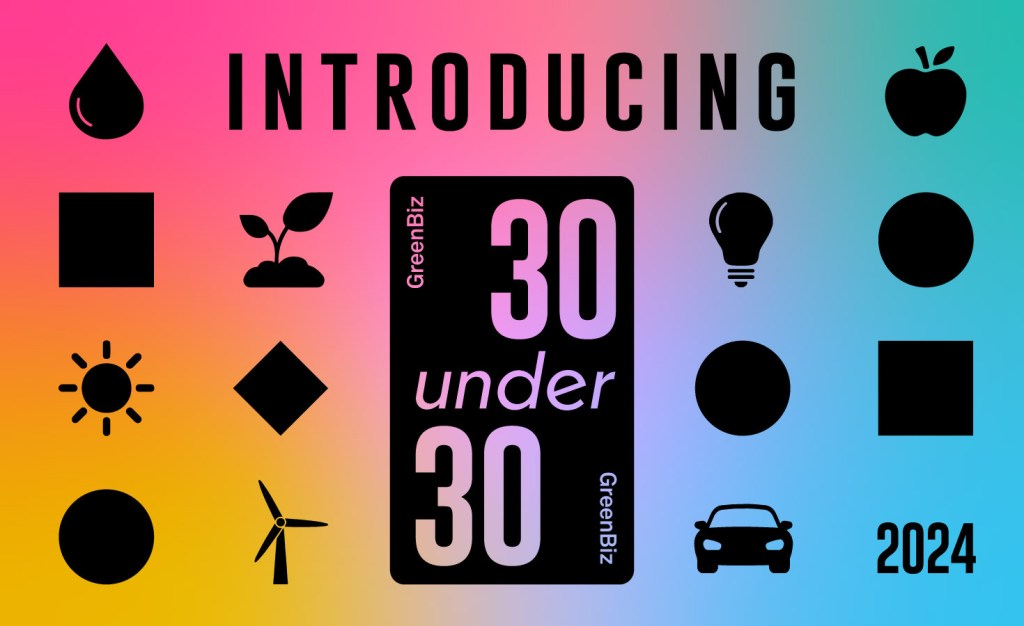Are cities doing enough on climate change? Residents say no
Insight from the Third Coast, via Chicago's former chief sustainability officer. Read More

“So, climate change is happening and that is the city’s official position?”
The question came at the end of an interview I did in 2011 on Chicago’s premier evening news program shortly after I had been appointed the city’s first chief sustainability officer. Much of the conversation had focused on what the city was doing to enhance sustainability and what residents themselves could do. But here was the question that seemed to matter a great deal in the media — what Chicago’s “official position” was on a politically divisive issue.
The topic wasn’t highly controversial in my day-to-day work, but the question had me wondering how unique that was. Were Americans really as divided about this issue as the media sometimes portrayed?
A few weeks ago, I joined the Chicago Council on Global Affairs to focus on climate, sustainability and energy in global cities. This gave me the unique opportunity to partner with my new colleagues, experts in American public opinion. For over 40 years the council has been one of the leading repositories of knowledge on American views of global issues. As part of its annual survey of Americans on foreign policy, the Council on Global Affairs had asked questions about climate change to residents in cities large and small across the United States.
In the council’s last survey, climate change was the most divisive foreign policy issue, with results polarized across party lines. Democrats saw climate change as one of the top five critical threats facing the United States, with 56 percent believing it deserved immediate action. Only 12 percent of Republicans said the same.
But digging deeper into some older data from previous surveys gave a glimpse into how climate change was viewed on the ground beyond party affiliation, across rural, suburban and urban communities. There were many insights to be found in this data on the general differences between the types of communities. Rural communities, for example, had the oldest residents; suburban areas had the highest percentage of the population with incomes over $100,000; and a majority of urban residents were non-white.
We expected to find differences of opinion on climate change as well — controversy, in the way that is often played up in the media.
But as we looked at the data we found something else: consensus.
One question simply asked residents for their views on their government’s actions “to deal with the problem of climate change.” There were three choices. Residents could select that their government was doing “too much,” “not enough” or “just the right amount.”
In all three types of communities — rural, suburban and urban — the most common answer was “not enough.” And in all three types of communities the least common answer was “too much.” The specific percentages varied between the types of areas but the ordering was the same in all three.
Since the council’s survey, the United States government, national governments across the globe and cities have moved dramatically to address the growing threats from climate change. In November 2014 the United States and China announced a bilateral agreement to reduce emissions. Just a few months ago, in December, 195 countries came together in Paris to chart a shared course toward climate reductions with a global agreement. And cities are charging forward; over 470 have signed on to the Compact of Mayors, pledging to reduce and track carbon emissions.
Yet at this very moment the United States sits in an unusual position. In February, the Supreme Court issued a stay on the Clean Power Plan, essentially putting on hold the first comprehensive national approach to regulate carbon from the electricity sector, the largest single source of carbon emissions in the United States.
In the face of both the strength of the Paris agreement and the ambiguous situation of the Clean Power Plan, this year’s survey will give the first deep look to see if respondents believe their concerns are being addressed.
There often appears to be a disconnect between the media and political discussion around climate change and people on the ground who are living with its effects every day and who benefit from local efforts.
When I look back at the television interview I can see a glimpse of this. We spent the majority of the interview talking about what the city could do — and in fact was doing — to address climate change. I wasn’t asked for our “official position” on energy efficiency. The actions we were taking supported the economy, strengthened our neighborhoods and focused on climate.
These actions matter. Residents of cities, suburbs and rural communities agree on that.













